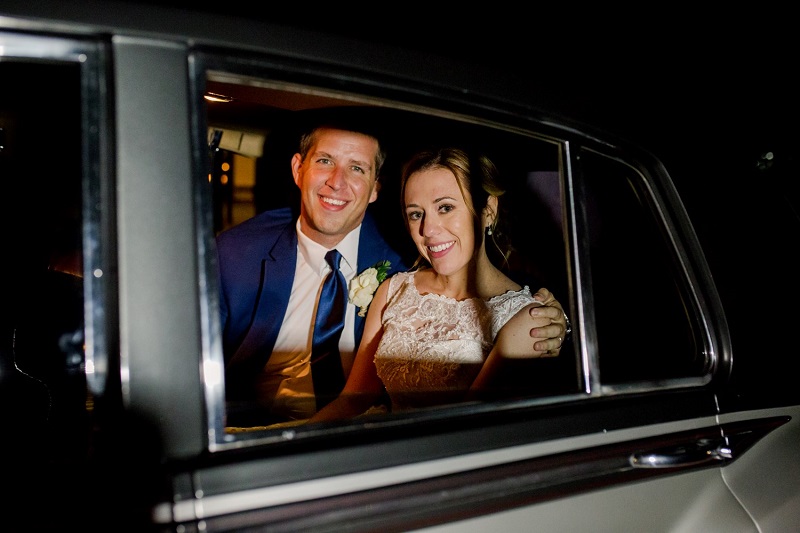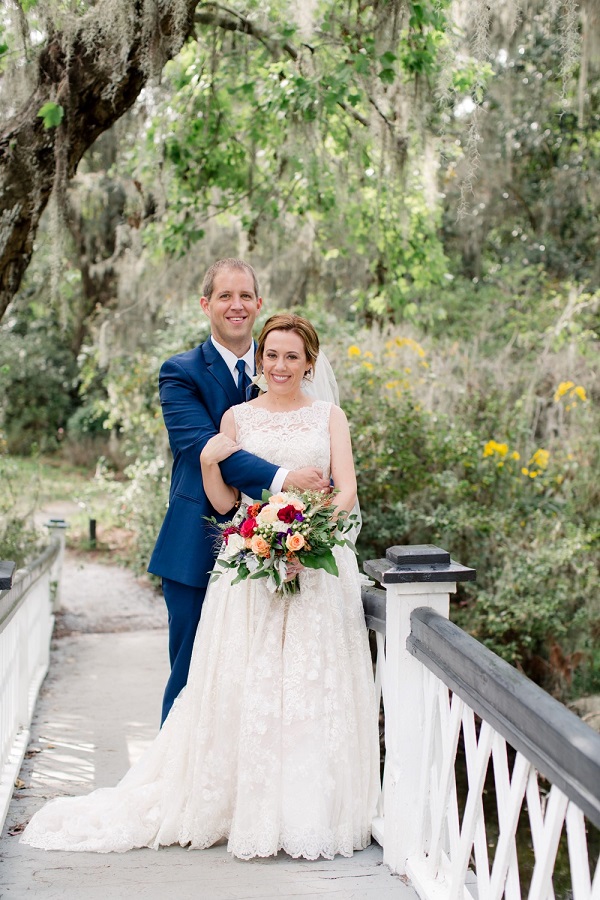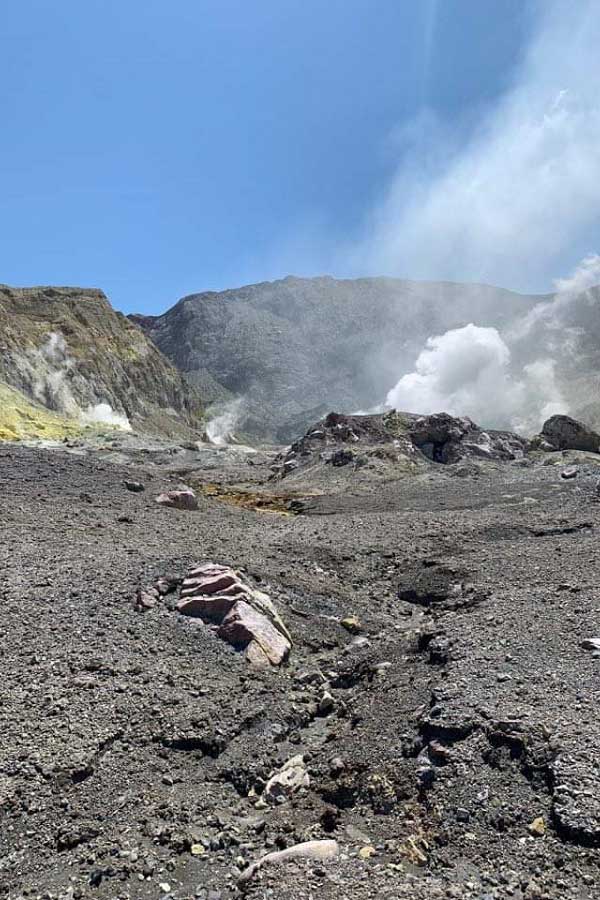Today we filed the lawsuit on behalf of our newlywed clients Lauren Barham and Matthew Urey who were injured in a volcano eruption at White Island Volcano during a shore excursion provided by Royal Caribbean Cruises. We are honored to represent our clients in their quest to obtain justice against Royal Caribbean regarding this preventable tragedy.
LM&W statement:

With regard to this volcano excursion, Royal Caribbean’s shore excursion brochure merely referred to White Island as “one of the most active volcanoes in the world.” It failed to give any notice or warning that this volcano erupted multiple times in the past ten years, with the most recent being three years earlier. In fact, the volcano erupted in 2016, 2013, 2012, 2000 and several times in the 1980s.
To make matters worse, Royal Caribbean knew or should have known that there was a high potential for the volcano to erupt during this excursion based on the increased alert level issued by New Zealand’s volcano monitoring service, GeoNet, in the weeks and days before Plaintiffs’ cruise.
On November 18, 2019 (three weeks before the incident), the Volcanic Alert Level was raised to 2, which is the highest level it can be when it is not erupting. According to the Volcanic Alert Bulletin, “monitored parameters show[ed] further increases in activity. Hazards on the island [were] now greater than during the past few weeks…. The patterns of signals [were] similar to those through the 2011-2016 period and suggest[ed] that Whakaari/White Island may be entering a period where eruptive activity is more likely than normal…”
Multiple similar Volcanic Alert Bulletins were released and available in the weeks and days leading up to the ill-fated excursion, yet at no time did Royal Caribbean provide any warning or notice regarding any increased likelihood of volcanic activity.

As alleged in the Complaint, the excursion should have been cancelled immediately upon learning of this increased volcanic activity level. Sadly, it was not. Consequently, 38 passengers were catastrophically injured and 19 died.
After this tragic, preventable incident, Royal Caribbean canceled all shore excursions to active volcanoes, including the subject excursion.
Remarkably, this isn’t the first time Royal Caribbean cancelled a volcano shore excursion. Roughly a year and a half before the subject incident, a group of 23 tourists were injured when a volcano in Hawaii (Kilauea) erupted during their tour.
Royal Caribbean temporarily canceled excursions scheduled to visit the area. This incident should have been enough for Royal Caribbean to realize that tours to active volcanoes were unreasonably dangerous. Royal Caribbean should have canceled all excursions to active volcanoes then, instead of waiting for its own passengers to be catastrophically injured and killed.
Perhaps most incredibly, the White Island Volcano in New Zealand is known to be more active than the Kilauea Volcano. This begs the question: Why cancel the Hawaii volcano excursion and not the White Island Volcano excursion when the White Island Volcano is more active, and thus more dangerous than the other?






